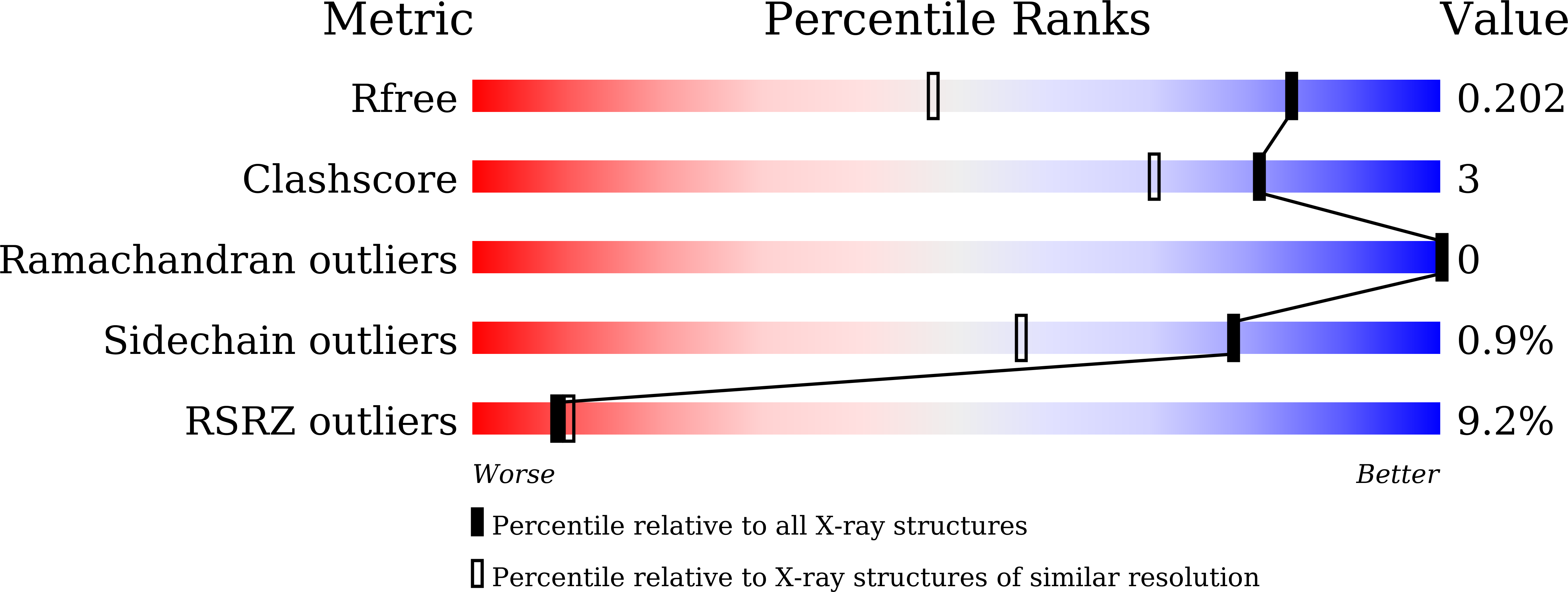
Deposition Date
2020-01-16
Release Date
2021-04-14
Last Version Date
2023-11-29
Entry Detail
PDB ID:
6LRM
Keywords:
Title:
Crystal structure of PDE4D catalytic domain in complex with arctigenin
Biological Source:
Source Organism:
Homo sapiens (Taxon ID: 9606)
Host Organism:
Method Details:
Experimental Method:
Resolution:
1.45 Å
R-Value Free:
0.20
R-Value Work:
0.18
R-Value Observed:
0.18
Space Group:
P 21 21 21


